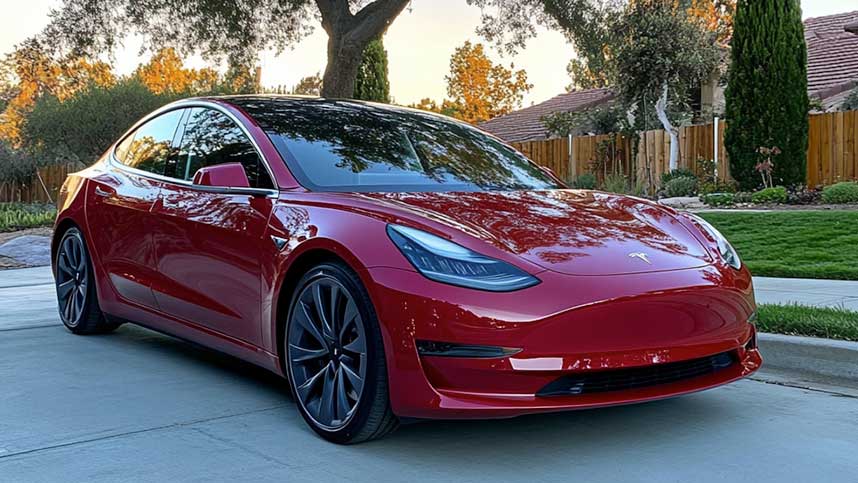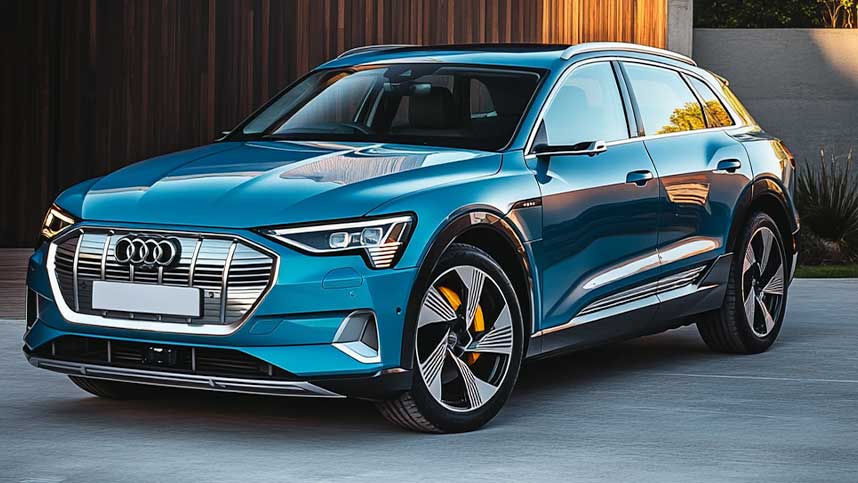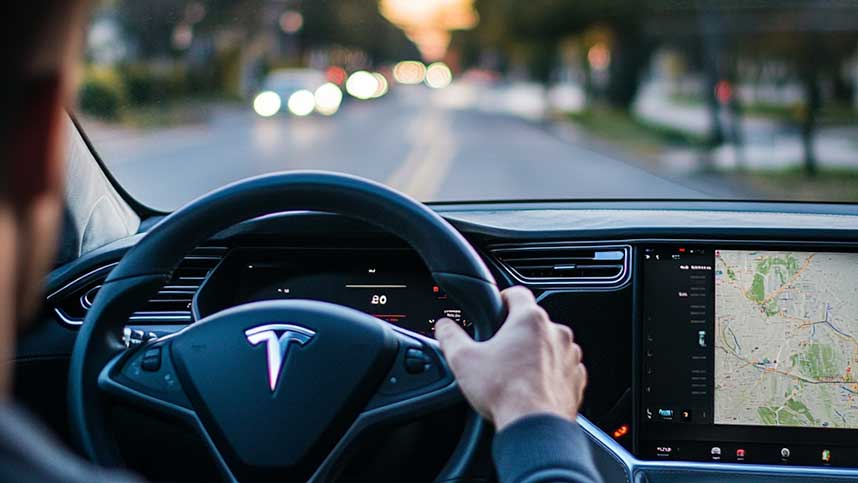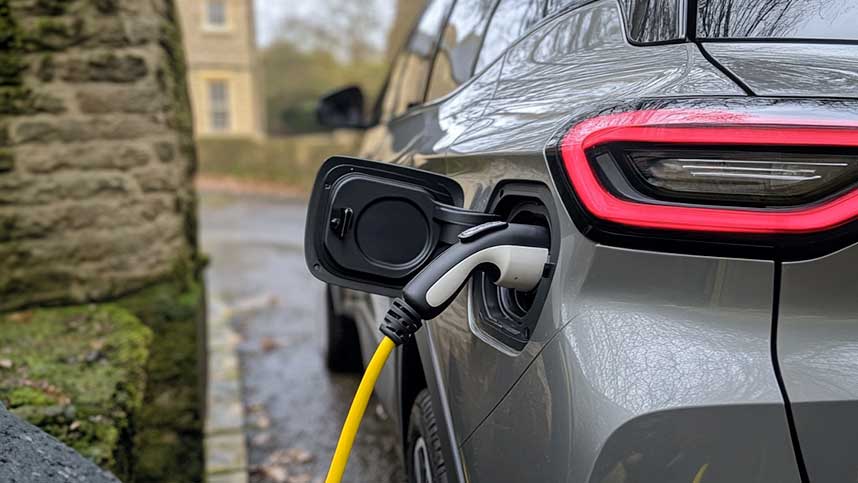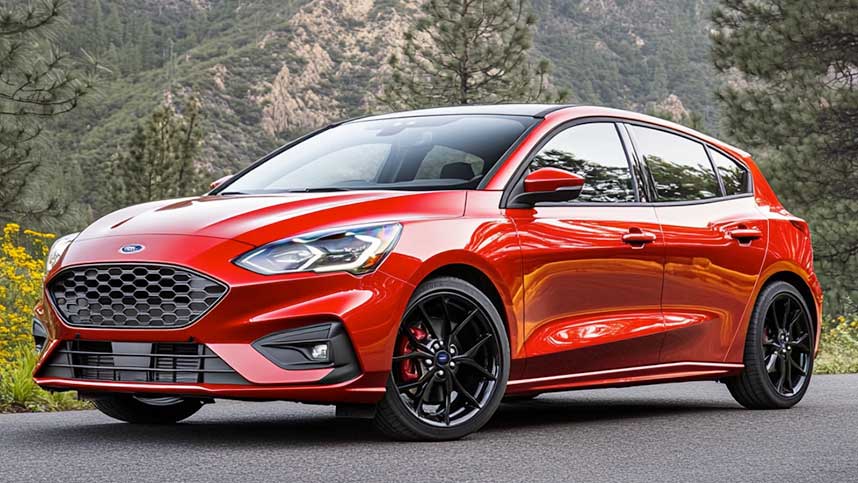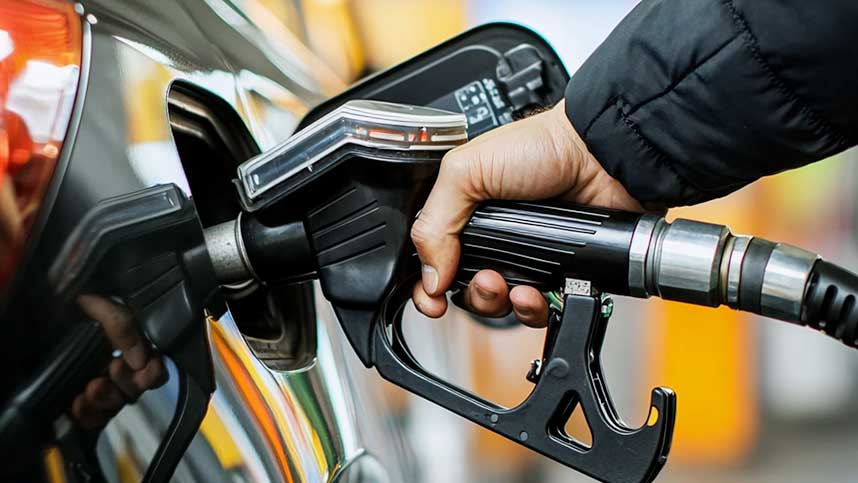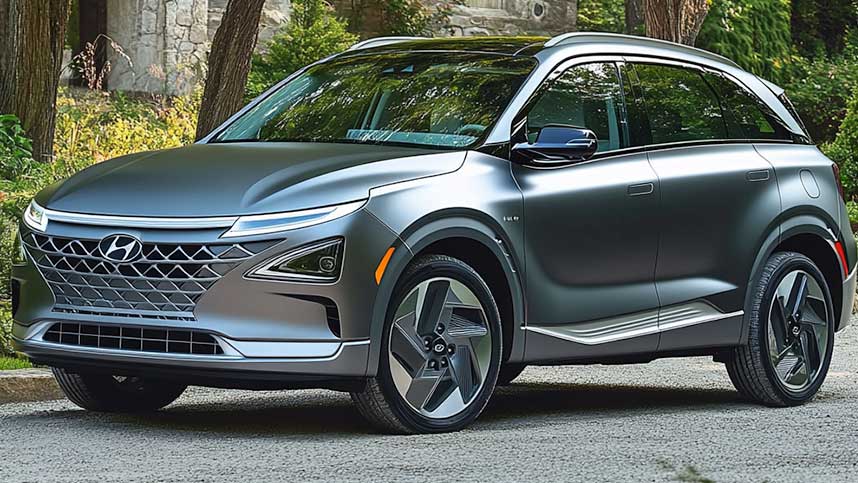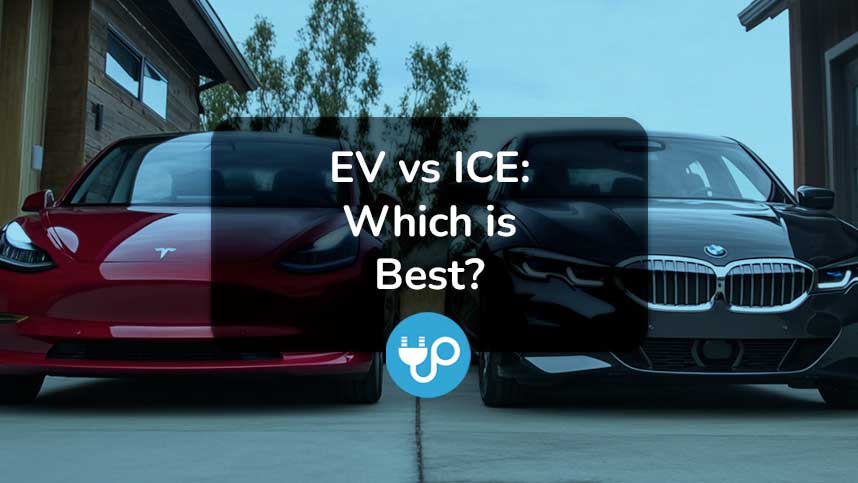
EV vs ICE – Which is Best?
In recent years, the automotive industry has seen a significant shift.
More people than ever are choosing electric vehicles (EVs) over traditional internal combustion engine (ICE) vehicles.
This shift is due to various factors, including environmental concerns, technological advancements, and changes in consumer preferences.
But how do these two types of vehicles compare, and with EV vs ICE, which is best?
This article will explore the advantages and downsides of both EV vs ICE vehicles, helping you understand which option might be best for you.
Chapters
What is an EV Vehicle?
An EV, or electric vehicle, is a car powered by electricity instead of petrol or diesel.
Unlike traditional vehicles with internal combustion engines, EVs use electric motors and are fueled by rechargeable batteries.
These batteries store electricity, which powers the motor to drive the vehicle.
EVs come in various forms, including Battery Electric Vehicles (BEVs), which run solely on electricity, and Plug-in Hybrid Electric Vehicles (PHEVs), which combine electric power with a petrol engine.
EVs offer a quieter and smoother driving experience, produce zero tailpipe emissions, and have lower operating costs compared to traditional vehicles.
As charging infrastructure expands and battery technology improves, EVs are becoming an increasingly popular choice for environmentally conscious consumers.
What are Examples of EV Vehicles?
Examples of EV vehicles include popular models like the Tesla Model 3, known for its impressive range and advanced technology.
The Nissan Leaf is another well-known electric vehicle, offering a more affordable entry point into the EV market.
Luxury brands have also embraced EV technology, with vehicles like the Audi e-tron series and Jaguar I-PACE offering high-end performance and comfort.
The BMW i series are an eco-friendly option, featuring sustainable materials in its design.
These vehicles showcase the diversity and growing appeal of electric vehicles across different market segments.
What are the Advantages to EV Vehicles?
EVs offer several advantages that make them an attractive choice for many drivers.
Environmental Benefits
One of the main advantages of EV vehicles is their environmental impact.
EVs produce zero tailpipe emissions, significantly reducing air pollution and helping combat climate change.
This makes them a cleaner and more sustainable option compared to traditional petrol or diesel vehicles.
Lower Operating Costs
EVs are often cheaper to run than their ICE counterparts.
Electricity is generally more affordable than petrol or diesel, leading to lower fuel costs.
Additionally, EVs have fewer moving parts, meaning less wear and tear and lower maintenance expenses.
As electric cars don’t use oil, and brakes tend to last longer thanks to regenerative braking systems.
Government Incentives
Many governments offer incentives to encourage the adoption of EVs.
These can include tax credits, rebates, reduced registration fees, and access to carpool lanes.
Such incentives can make purchasing an EV more affordable and attractive.
Smooth and Quiet Driving Experience
EVs are known for providing a quiet and smooth driving experience.
The electric motor delivers instant torque, resulting in quick acceleration and a seamless driving feel.
This makes EVs ideal for city driving, where stop-and-go traffic is common.
Expanding Infrastructure
As charging infrastructure continues to grow, the convenience of owning an EV increases.
More charging stations are becoming available at homes, workplaces, and public locations, making it easier to keep your vehicle powered and ready to go.
This expanding network supports the broader adoption of EVs, making them a practical choice for more drivers.
What are the Downsides to EV Vehicles?
While EV’s have several upsides, they do have some drawbacks to consider when comparing EV vs ICE.
Limited Range
One of the primary downsides to EV vehicles is their limited driving range.
Most EVs can travel between 100 to 300 miles on a single charge, depending on the model and driving conditions.
While this range is improving, it still falls short compared to many petrol vehicles, making long trips less convenient, and can lead to range anxiety.
Charging Time
Charging an EV takes significantly longer than refuelling a petrol vehicle.
While rapid chargers can provide a significant charge in about 30 minutes, fully charging a vehicle at home using a standard outlet can take several hours or even overnight.
This can be inconvenient, especially if you’re in a hurry or don’t have easy access to fast chargers.
Higher Upfront Cost
Although EVs often have lower operating costs, the initial purchase price is typically higher than that of comparable petrol vehicles.
This is mainly due to the cost of the battery, which is the most expensive component of an EV.
Even with government incentives, the upfront cost can be a barrier for many potential buyers.
Limited Charging Infrastructure
Although charging infrastructure is expanding, it’s still not as widespread or reliable as petrol stations.
In some areas, especially rural locations, finding a charging station can be challenging.
This limitation can create anxiety for drivers concerned about running out of power far from a charging point.
Battery Degradation
Over time, the battery in an EV will degrade, leading to a decrease in range and overall performance.
Replacing the battery can be expensive, and this degradation can impact the long-term value and usability of the vehicle.
However, once the battery has degraded, EV battery recycling may still be possible.
What is an ICE Vehicle?
An ICE vehicle, or Internal Combustion Engine vehicle, is powered by a traditional engine that burns fuel - usually petrol or diesel - to create mechanical energy.
This energy propels the vehicle by igniting a mixture of fuel and air within the engine's cylinders, causing controlled explosions that move the pistons.
The movement of these pistons turns the crankshaft, which ultimately powers the wheels of the vehicle.
ICE vehicles have been the dominant form of transportation for over a century.
They are widely available, with an extensive infrastructure of fueling stations and a well-established industry for maintenance and repair.
ICE vehicles come in various sizes and types, from compact cars to large trucks and SUVs.
Despite advancements in alternative fuel technologies, ICE vehicles remain popular due to their range, power, and the familiarity of the technology.
What are Examples of ICE Vehicles?
Examples of ICE vehicles include a wide range of cars, trucks, and motorcycles that rely on petrol or diesel fuel for power.
Common examples include the Toyota Yaris or Ford Focus, which are popular for everyday commuting.
SUVs, such as the Vauxhall Mokka or Nissan Qashqai, are also typical ICE vehicles, known for their versatility and ability to handle various terrains.
Motorcycles, such as Harley-Davidson Sportster or Yamaha, also utilise internal combustion engines, offering high performance and speed.
Larger vehicles, like the MAN TGX, represent the commercial side of ICE vehicles, critical for transporting goods.
These examples highlight the broad application of ICE technology across different vehicle types.
What are the Advantages to ICE Vehicles?
ICE vehicles have several advantages with regards to their usage.
Established Infrastructure
One of the main advantages of ICE vehicles is the established infrastructure. Gas stations are widespread, making refuelling convenient and quick.
Additionally, there is a well-developed network of repair shops and dealerships that specialise in maintaining and servicing ICE vehicles.
This ensures that finding parts or getting repairs is relatively straightforward.
Range and Performance
ICE vehicles often offer greater range and power compared to many EVs.
A full tank of gas can typically provide hundreds of miles of travel, and refuelling takes only a few minutes.
This makes ICE vehicles particularly advantageous for long-distance driving or in areas where charging stations are scarce.
Affordability
In many cases, ICE vehicles are more affordable upfront than their EV counterparts.
The production of ICE vehicles is mature, with economies of scale reducing manufacturing costs.
This means consumers have a wide variety of affordable options to choose from, including used vehicles.
Versatility
ICE vehicles come in a vast array of models and types, from compact cars to large trucks, making them suitable for various needs.
Whether you need a vehicle for city driving, off-roading, or towing heavy loads, there's likely an ICE vehicle designed for that purpose.
Familiarity
For most people, ICE vehicles are familiar and easy to use.
There's no need to learn new technology or worry about charging times, which can be appealing to those who prefer sticking with tried-and-true methods of transportation.
What are the Downsides to ICE Vehicles?
While ICE vehicles may bring some advantages such as convenience, they do have many drawbacks to consider when comparing EV vs ICE.
Environmental Impact
One significant downside of ICE vehicles is their environmental impact.
They emit greenhouse gases, such as carbon dioxide (CO2), and pollutants like nitrogen oxides (NOx) and particulate matter, which contribute to air pollution and climate change.
This environmental footprint is a major concern, especially as awareness of global warming and air quality issues grows.
Fuel Costs
ICE vehicles generally have higher fuel costs compared to EVs.
Petrol and diesel prices can fluctuate, often making fuel more expensive over time.
This can lead to significant ongoing expenses, particularly for those who drive frequently or long distances.
Maintenance Requirements
ICE vehicles require regular maintenance that can be both time-consuming and costly.
This includes oil changes, air filter replacements, and more frequent repairs due to the complex machinery involved.
As engines age, the cost and frequency of maintenance can increase, impacting overall ownership costs.
Noise and Vibration
ICE vehicles produce noise and vibration due to the combustion process within the engine.
This can lead to a less pleasant driving experience, especially in urban environments where noise pollution is already a concern.
In contrast, electric vehicles are generally much quieter and smoother.
Dependence on Fossil Fuels
ICE vehicles are dependent on fossil fuels, which are finite resources.
As these resources become scarcer, they may become more expensive and less accessible.
This dependence also ties vehicles to fluctuating global oil markets and geopolitical issues, which can affect fuel availability and cost.
What are Alternatives to EV vs ICE Vehicles?
While EVs and ICE vehicles dominate the market, alternatives are emerging that cater to different needs and environmental goals.
Hybrid Vehicles
Hybrid vehicles combine an internal combustion engine with an electric motor.
They offer improved fuel efficiency and lower emissions compared to traditional ICE vehicles.
Plug-in hybrids (PHEVs) take this a step further by allowing short electric-only drives, making them a flexible option for those not ready to fully switch to EVs.
Hydrogen Fuel Cell Vehicles
Hydrogen fuel cell vehicles (FCVs) use hydrogen to generate electricity, emitting only water vapour.
They offer longer driving ranges than most EVs and quick refuelling times similar to ICE vehicles.
However, hydrogen infrastructure is limited, and the technology is still developing.
Compressed Natural Gas (CNG) Vehicles
CNG vehicles run on compressed natural gas, which burns cleaner than petrol or diesel, producing fewer harmful emissions.
While less common, CNG is an alternative for those wanting to reduce their carbon footprint without switching to electric power.
Public Transport and Micro Mobility
For those wanting to avoid personal vehicles altogether, public transport, bicycles, and electric scooters are sustainable alternatives.
These options reduce road congestion and emissions, offering a greener, cost-effective way to travel.
Conclusion
There’s no clear winner in the EV vs ICE debate.
Both EV vs ICE vehicles have their advantages and downsides, and the best choice depends on your individual needs and preferences.
EVs are leading the way in terms of environmental impact and technological innovation, but ICE vehicles continue to offer convenience.
Understanding the differences between these vehicle types and considering alternatives like hybrids or hydrogen fuel cell vehicles can help you make an informed decision.
Whether you're looking to reduce your carbon footprint, save on fuel costs, or simply enjoy the latest automotive technology, there's a vehicle option out there for you.
For more information on EV vs ICE, or on information on renting out your EV home charger, get in contact with us here at Joosup.
Blog Archive
- Where Can I Charge My Electric Car?
- Electric Car Maintenance and Servicing Guide
- How Often Should I Charge My Electric Car?
- How to Check EV Battery Health
- Do Electric Cars Pay Road Tax?
- October 2024 Budget: Key EV News
- EV vs ICE – Which is Best?
- Should I Charge My EV to 80 or 90 or 100%?
- UK Government Announces Hybrid Sales Allowed Until 2035
- BEV vs PHEV – What’s the Difference?
- Definitely Not A Guru (Jim Starling) Reviews Joosup
- How Long Do Electric Car Batteries Last?
- 25 New Electric Car Brands on UK Roads
- General Election 2024: Major Party Net Zero Policies Compared
- Electric Car Service Costs vs ICE
- CHAdeMO vs CCS – What’s the Difference?
- Mr EV Reviews Joosup
- What is the ZEV Mandate?
- Spring 2024 Budget: No VAT Rate Cut on Public EV Charging
- What is Regenerative Braking?

